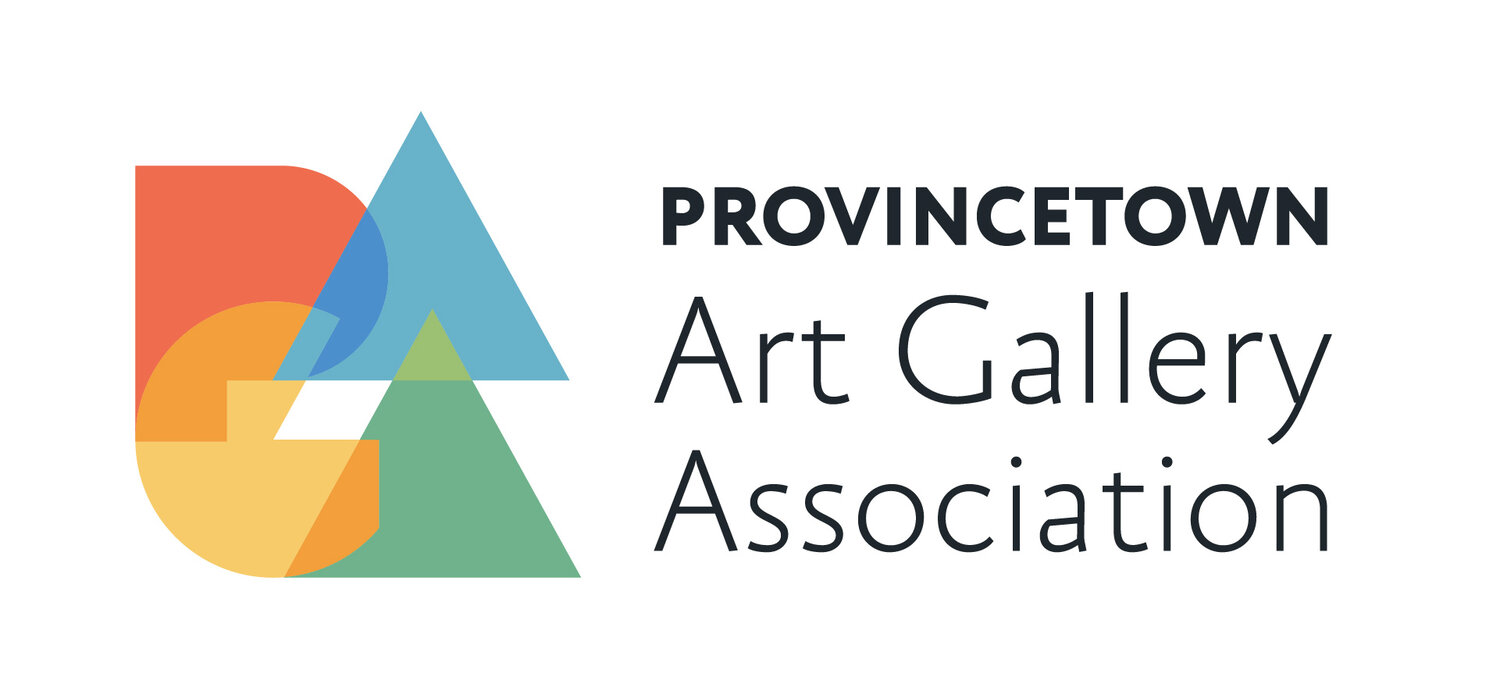Sister Cities: Art Across the Water
A Virtual Exhibition Curated by The Provincetown Commons
in collaboration with the Harwich Festival of the Arts
Provincetown Art Gallery Association
The Provincetown Commons
Harwich Festival of the Arts
The Provincetown Art Gallery Association portfolio (below) constitutes the first virtual exhibition curated by the Provincetown Commons, and produced with a new partner-in-art—the Harwich Festival of the Arts in Great Britain.
This Sister-City partnership between the two artistic institutions reaches clear across the Atlantic. Harwich is the southeast English port where the original Mayflower was built. In 1620, the wooden square-rigger would carry 130 pilgrims and crew across the Atlantic and make landfall right here in Provincetown. From England to New England.
Our “Art Across the Water” exhibit is curated from 25 galleries that form the Provincetown Art Gallery Association a project of the Provincetown Commons.
It includes everything from depictions of Provincetown and its surrounding National Seashore seascapes to individual and often quirky interpretations of paintings and sculpture, photography and design. All is the work of artists drawn to the light and feel of Cape Cod. It is for good reason that the Boston Globe once called Provincetown “the biggest art colony in the world.”
The Provincetown Gallery Stroll is a pleasure. It suffers from neither the distance of the original Mayflower crossing nor the oceanic struggle. It instead is a virtual meeting of artistic hands-across-the-water.
So whether you are in Harwich, England or in Provincetown, Massachusetts—or anywhere else at all…. Let’s Stroll!
Provincetown Gallery Artists
Provincetown is of course where the Mayflower ship that brought the pilgrims to what would become America [rephrase as politic] first made landfall in the New World more than 400 years ago. Harwich is the old-world English seaport where the Mayflower was originally built.
The selections, from half of the more than 50 galleries that line Provincetown's tight streets, puts the full artistic spectrum of Provincetown's artists on show. It includes everything from depictions of Provincetown and its surrounding National Seashore seascapes to individual and often quirky interpretations of paintings and sculpture, photography and design, this emanating from artists permanent and transient, all drawn to the light and feel of Provincetown. It is for good reason that the Boston Globe once called Provincetown “the biggest art colony in the world.”
The exhibition constitutes the first digital exhibition curated for a new partner-in-art for the Provincetown Commons, a collaborative workspace for artists and small business and the Gallery Association’s community sponsor, and the Harwich Festival of the Arts in Britain, which is centered in the same southeast English port responsible for building the wooden Mayflower square-rigger that would cross the Atlantic with a boatload of self-exiled pilgrims and make landfall in Provincetown some 400 years ago. From England to New England.
Provincetown today is known for many things beyond being the Pilgrims’ first port-of-call. For decades it was a whaling port, but today the fishing folk are joined by a thriving LBGTQ community and hordes of tourists. But perhaps most significant to the Harwich Festival of the Arts, it now is America’s most influential sustained arts colony, a haven for artists of all disciplines drawn to the landscapes and seascapes of the Cape Cod National Seashore and the ocean waters that surround it.
*Timeline from “Provincetown, the Art Colony: A Brief History and Guide,” by Nyla Ahrens, published by Provincetown Art Association and Museum, 1997/2000.
1899 - Charles Hawthorne founds the Cape Cod School of Art, helping to establish Provincetown as America’s oldest continuous art colony.
1900 - E. Ambrose Webster, a pioneer of Modernism on the Outer Cape, opens his Summer School of Painting.
1914 – Webster, along with artists Charles Hawthorne, Oscar Gieberich, William Halsall, Gerrit Beneker and several local businessmen and women, form the Provincetown Art Association and Museum. Two juried exhibitions in the summer of 1915 begin the tradition of collecting and exhibiting the work of local artists.
1916 - More than 300 artists and students were in town and six schools of art were in operation. Expatriate artists who had been studying and working in France returned, fleeing World War I. The Boston Globe calls Provincetown "The Biggest Art Colony in the World.”
1930 - Edward Hopper started spending summers in Truro
1930 - Henry Hensche became Charles Hawthorne's successor with his Cape School of Art.
1935 - Hans Hoffman opens his Summer School of Art. Famed as a teacher of abstract modernism, Hoffman taught and painted here for thirty years while also maintaining his New York school in the winter. His classes grew large in the postwar years with the influx of students enrolled under the GI Bill, and artists of all styles crowded into his Friday critiques.
1940s and ‘50s - Provincetown is a summer center of Abstract Expressionism represented by such painters as Franz Kline, Jackson Pollock, Lee Krasner, Robert Motherwell, Helen Frankenthaler and Fritz Bultman.
1947 - Don Witherstine opened "Shore Studios," the first commercial gallery in Provincetown.
1964 - Provincetown Art Association and Museum celebrates its 50th anniversary with a retrospective show of its major artists.
1968 - The Fine Arts Work Center opens “to give young writers and visual artists the chance to live on their own and work...bringing new blood into the community and encouraging artists to settle there." It moves to its permanent site in 1972.
1999 - Provincetown celebrates 100 years of art. The Provincetown International Art Institute, , enrolled its first students. Based at the Herman and Mary Robinson Museum School of the Art Association and at Provincetown High School, professional artists teach courses in the visual arts, accredited through Cape Cod Community College. (Today the school is folded into Provincetown Art Association and Museum.)
2018 – Provincetown Commons opens in a renovated building used for more than a century as. Botha school and a community center. An incubator for artists of many disciplines, the Commons will launch the Provincetown “Stroll,” linking 25 of the Provincetown’s art galleries.










































